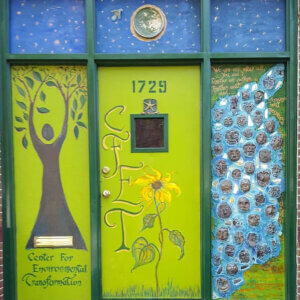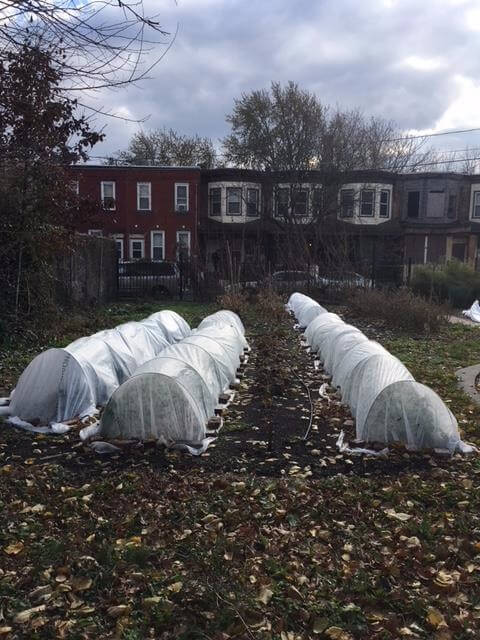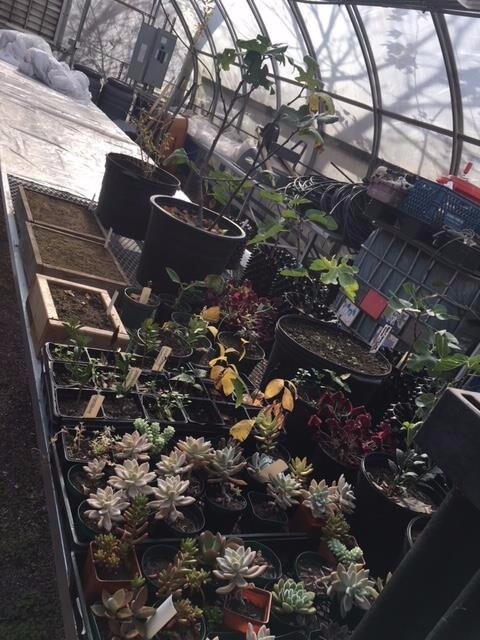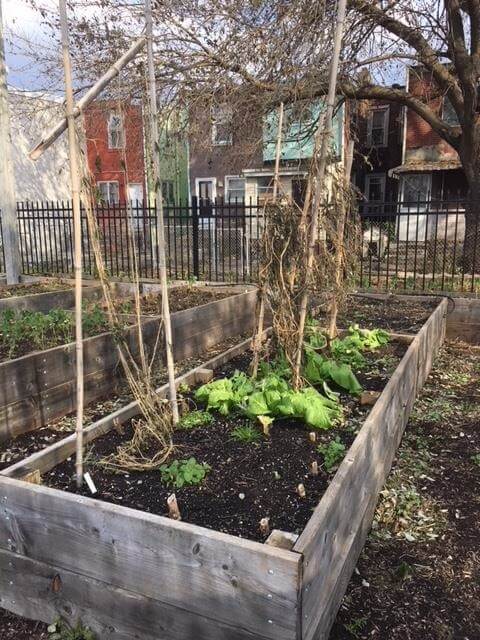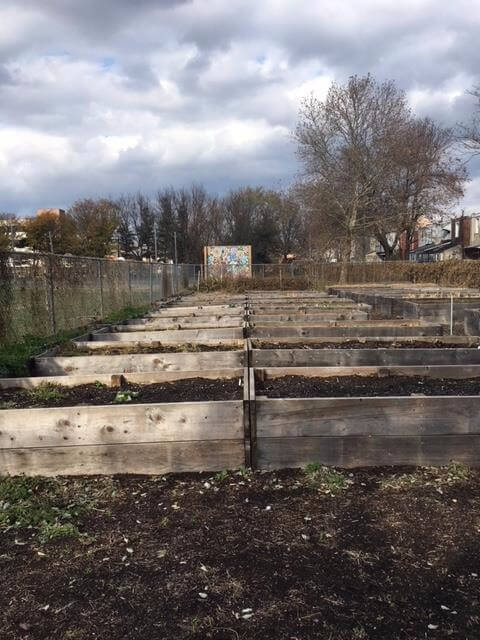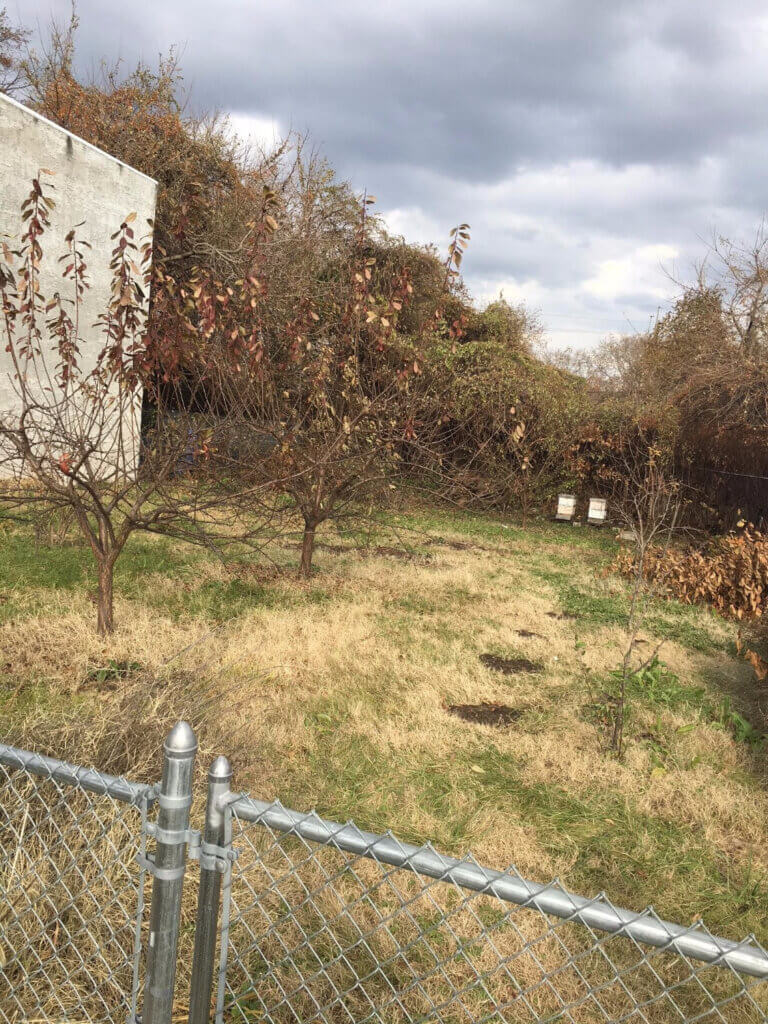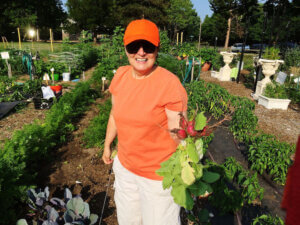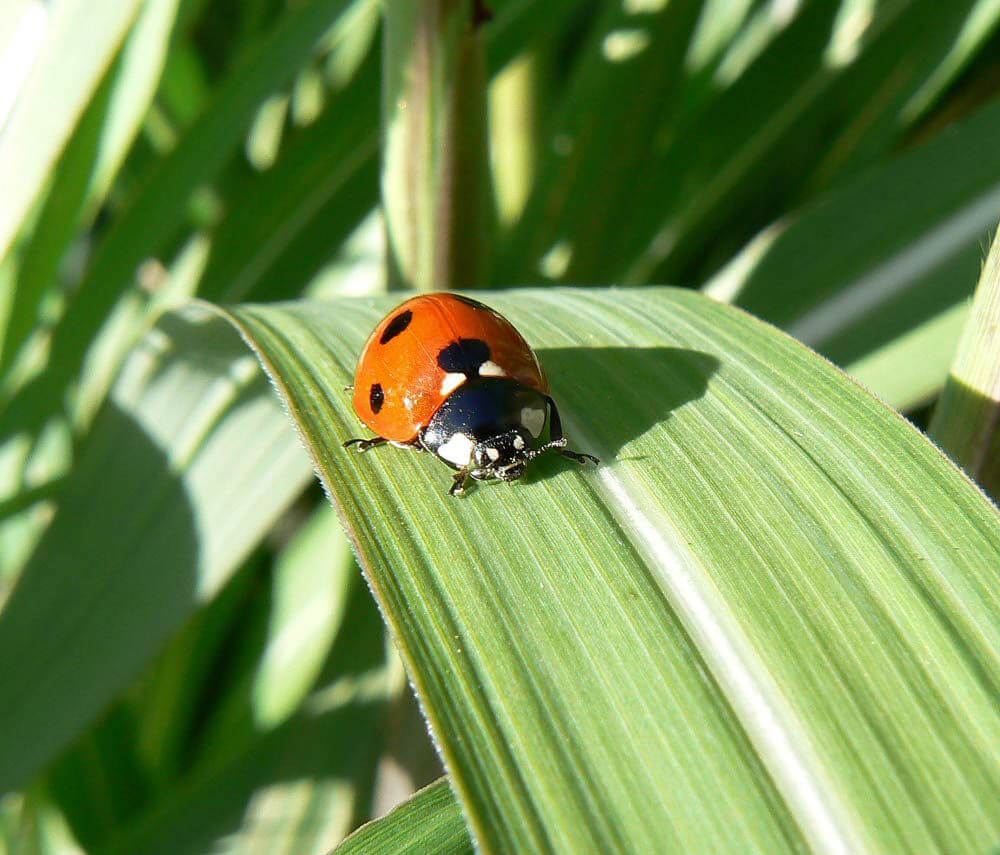Season in the Soil
We are hosting an event in the garden from 6 p.m. to 8 p.m. on August 26 titled seasons in the soil with speaker Rich Mohr. Make sure to sign up via our website.
I have started to call and leave messages on your voicemails. Please check your messages and get back to me. Thank you.
This Week
We breached the 1000 pound mark this week with another 65 pounds harvested on Monday. I have noticed a white fly problem on our brassicas. Please do not let your brassicas become overgrown.
Friday Crew: (9am to 12 Pm) (Weather Permitting)
Please turn compost, prune yellowing leaves off of tomatoes, sow carrots in bed 17B.
Next Week
Monday Priorities: 4 p.m. to 7 p.m.
- Harvest, if needed.
- Pull collards, replace with swiss chard.
- Swiss chard replacements in bed 27.
- Clean up fence from morning glories.
Friday Priorities: 9 a.m. to 12 p.m.
- Harvest available vegetables.
- Crew cut Penn State beds back to 3 inches.
Vegetable of the Week
Garlic Growing Guide
| Clove Depth | Clove Spacing | Hardneck Cloves per Bulb | Hardneck Cloves per Pound | Softneck Cloves per Bulb | Softneck Cloves per Bulb |
|---|---|---|---|---|---|
| 2-3″ | 6″ | 5-10 | 40-65 | 6-18 | 50-90 |
Hardneck Garlic: Allium sativum subsp. ophioscorodon Cloves grow in a single circle around a central woody stem. These varieties also produce, or attempt to produce, a flower-like stalk. What makes these garlics stand out is the range and quality of flavors they exhibit. Hardneck garlics typically have a shorter storage life than softnecks.
Softneck Garlic: Allium sativum subsp. sativum These varieties produce cloves in several layers around a soft central stem. Approximate cloves per pound can vary based on seasonal conditions and the variety. These easy-to-grow garlics are excellent in the kitchen and usually have the best storage qualities. Great for braiding.
Culture
- Garlic thrives in rich, well-drained soil with a pH between 6.0-7.0
- Work in 1 inch layer of compost, 1/2 cup of bone meal, 1/2 cup fertilizer per 5 row feet
- When spring growth begins: water to keep the soil slightly moist, and fertilize
- As harvest approaches: water less to avoid molding or staining
Hardnecks: cut off any flowering stems (scapes) at the top leaf to redirect energy to the bulb; scapes can be used like green onions
Direct Sowing
- In Northern regions, garlic is best planted by the end of October, or 6-8 weeks before the ground freezes
- Southern regions may plant as late as March
- Separate the cloves of garlic just prior to planting, keeping as much skin on as possible
- Plant cloves pointed end up
- Mulch with clean straw or leaves to 4 inches
- Harvest & Storage
- Harvest when the top 4-5 leaves are slightly green and lower leaves are dry
- Begin checking for mature bulbs in late June
- Each green leaf represents one layer of covering over the bulb in the ground
- Tie the plants in small bundles and dry in a cool, shaded, well-ventilated location for about 3-4 weeks
- After curing is done, cut foliage and roots from bulbs and store in mesh bags
- Softnecks: you can keep leaves on and braid the whole plant
Workday Task List
Weeding
- Perimeter of fence (inside and outside)
- Shed and Compost areas
- Perimeter of communal raised beds
- Pollinator beds outside fenced area
Cleaning and Organizing
- Communal materials
- Shed
- Tools
General Maintenance
- Pulling dead plants and crops
- Repairing Hoses and Irrigation lines
- Repair and maintain rain barrel
- Repairing fence
Seasonal or As needed
- Soil installation
- Woodchip/mulch installation
- Harvesting crops
- Irrigating pollinator beds

